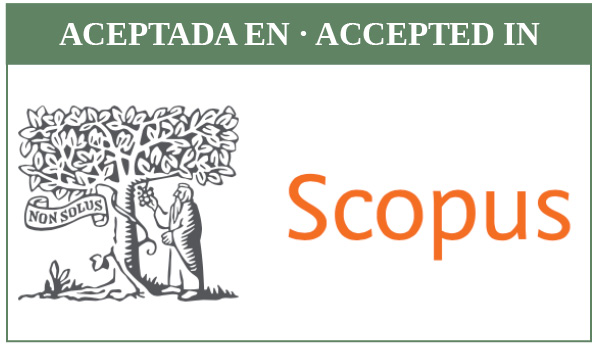From Ibn Khaldun to the recognition of the Moroccan Arabic as an alive and creative native language
Keywords:
Semitic philology, Ibn Khaldun, Classical arabic, Moroccan arabic, Native language educationAbstract
Ibn khaldun accepts the idea that the Arabic Language par excellence is the one in which the Koran was written, the rest of all Arabic variants being explained as a later deformation. This idea has survived in academic circles around the world almost to the present day. Contrary to this view, we defend that the Moroccan Arabic does not derive from the educated variant, even if sharing a common trunk, being in addition a living and creative language widely used nowadays in writing novels, poetry, theatre or in translation of works from the western literature.Downloads
Downloads
Published
How to Cite
Issue
Section
License
The authors publishing their work in this journal agree to the following terms and conditions:
1. The authors retain the copyright and give the journal the right to be the first publication of the work and also to be licensee under a Creative Commons Attribution License which allows others to share the work, provided the author of the work and the initial publication in this journal are acknowledged.
2. Authors may make additional agreements separately for the non-exclusive distribution of the version of the work published in the journal (for example, putting it in an institutional repository or publishing it in a book), with acknowledgement of its initial publication in this journal.
3. Authors are allowed and encouraged to electronically disseminate (for example, in institutional repositories or on their own web page) the published version of their works (publisher's post-print version) or, if not possible, the author's reviewed and accepted post-print version. This is to facilitate productive exchanges, and allow for earlier and greater citation by third parties of the published works (See The Effect of Open Access).
4. The journal accepts no responsibility for the opinions expressed by the authors.















